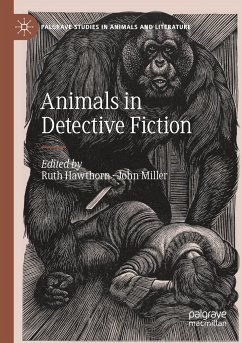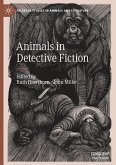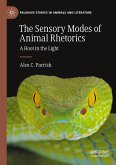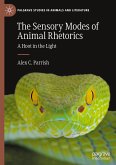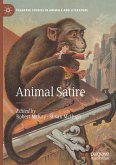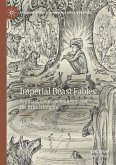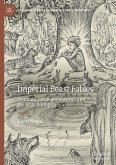This book explores the vast array of animals that populate detective fiction. If the genre begins, as is widely supposed, with Edgar Allan Poe's "Murders in the Rue Morgue" (1841), then detective fiction's very first culprit is an animal. Animals, moreover, consistently appear as victims, clues, and companions, while the abstract conception of animality is closely tied to the idea of criminality. Although it is often described as an essentially conservative form, detective fiction can unsettle the binary of human and animal to intersect with developing concerns in animal studies: animal agency, the ethical complexities of human/animal interaction, the politics and literary aesthetics of violence, and animal metaphor. Gathering its 14 essays into sections on ontologies, ethics, politics, and forms, Animals in Detective Fiction provides a compelling and nuanced analysis of the central role creatures play in this enduringly popular and continually morphing literary form.
"The collection's major findings and offer suggestions for future research, but the arguments presented by all 13 essays, plus the introduction, are enlightening and clearly presented, whether readers are new to the study of animal ethics or already familiar with research in this and related disciplines. Ultimately, the grounding of these animal- related issues within the detective fiction genre makes important and innovative contributions to both areas of study." (Rachel Schaffer, Clues, Vol. 42 (2), 2024)
"A corrective volume that successfully sets the record straight, Animals and Detective Fiction is the starting point for further literary scholarship on genre fiction and animal studies." (Dominic O'Key, The Year's Work in Critical and Cultural Theory, May 8, 2023)
"A corrective volume that successfully sets the record straight, Animals and Detective Fiction is the starting point for further literary scholarship on genre fiction and animal studies." (Dominic O'Key, The Year's Work in Critical and Cultural Theory, May 8, 2023)

